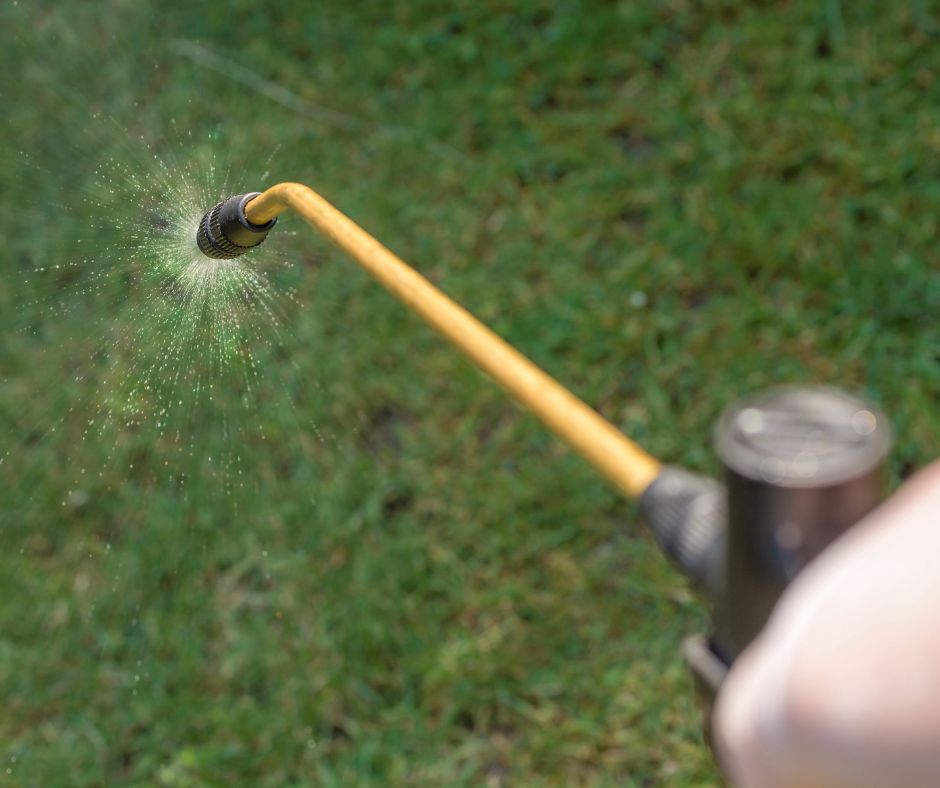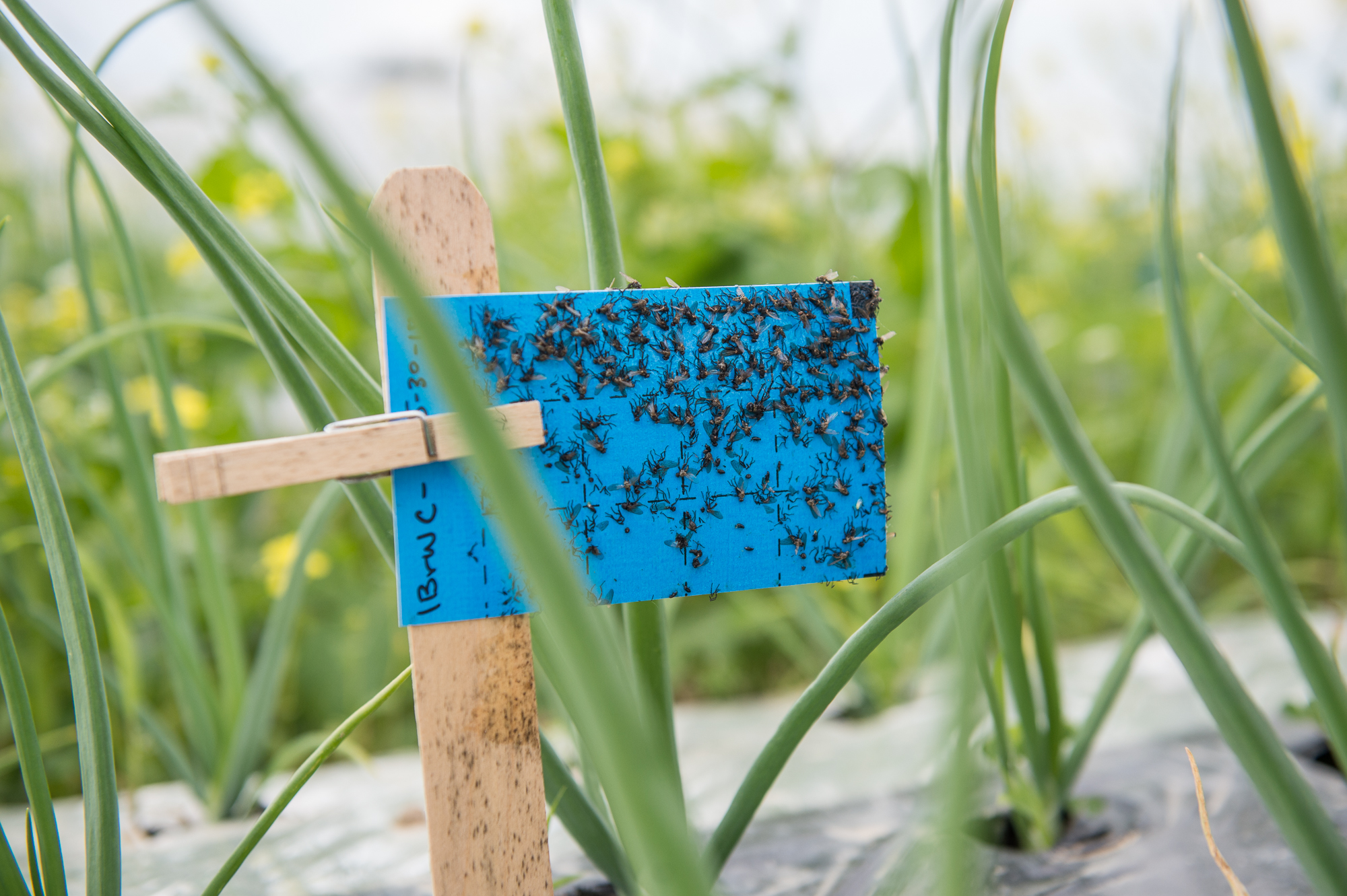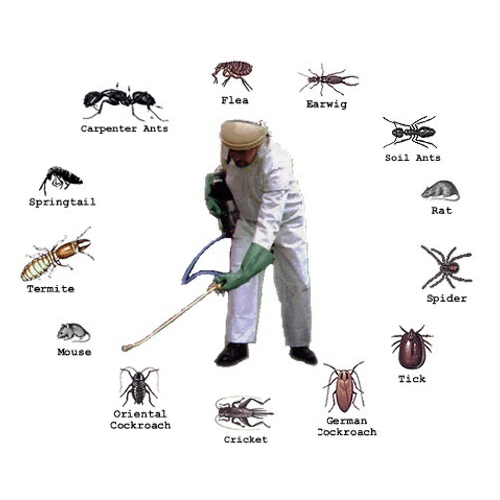Pest Control Services: Keeping Your Home Safe from Dangerous Insects
Find Out About the current Advancements in Parasite Control and Just How to Carry Out Reliable Treatment Solutions
Recently, the field of parasite control has actually observed significant advancements, driven by the need for lasting and effective treatment remedies. Ingenious approaches such as Integrated Parasite Monitoring (IPM) combine green experiment innovative technology, enhancing both efficiency and environmental responsibility. The assimilation of wise modern technologies and Do it yourself methods has actually encouraged people to tackle insect issues a lot more effectively. As we explore these growths, it becomes important to comprehend just how ideal to carry out these approaches in different settings to achieve optimum outcomes. The effects for pest monitoring techniques can be transformative.
Eco-Friendly Parasite Control Options
Recently, the need for eco-friendly parasite control options has surged as homeowners and organizations alike seek sustainable options to standard chemical therapies. This shift is driven by growing environmental awareness and a desire to lessen the wellness risks connected with artificial chemicals.

Eco-friendly parasite control methods incorporate a variety of methods that prioritize the usage of all-natural materials and practices. Integrated Bug Monitoring (IPM) is one such technique, incorporating biological, social, and mechanical methods to take care of parasite populaces while lowering reliance on chemicals (Wildlife removal services). This alternative approach emphasizes avoidance with habitat adjustment and the introduction of natural predators, therefore fostering a balanced ecosystem
One more popular choice is the usage of herb pesticides originated from plants, which often tend to be less damaging to non-target organisms. Products like neem oil and diatomaceous planet have obtained traction for their efficiency in managing pests while positioning very little dangers to human health and wellness and the atmosphere.
In addition, exemption methods, such as securing entrance factors and preserving sanitation, play a critical role in environment-friendly parasite administration. By taking on these lasting techniques, businesses and people can successfully manage bugs while promoting a healthier world for future generations.
Smart Modern Technology in Insect Management
Technology is improving the landscape of bug management, with smart modern technology emerging as a pivotal force in enhancing effectiveness and effectiveness - Wildlife removal services. The combination of Web of Points (IoT) devices, expert system (AI), and data analytics is revolutionizing how pest control professionals approach invasions
Smart traps equipped with sensors can detect insect task in real-time, sending out immediate alerts to drivers. This enables prompt feedbacks, reducing damages and decreasing the demand for considerable treatments. In addition, AI algorithms analyze historic data to predict parasite actions, allowing proactive treatments based on environmental conditions and infestation patterns.
Drones and automated vehicles are also playing a considerable duty in pest management, supplying aerial evaluations of huge locations, recognizing hotspots, and also dispersing targeted therapies. These technologies not only enhance operations however additionally boost safety by restricting human exposure to potentially dangerous chemicals.
Furthermore, mobile applications empower customers to keep an eye on insect activity and access specialist guidance, fostering a collaborative technique to pest management. Generally, the fostering of smart technology is establishing a new criterion in bug control, emphasizing data-driven decisions and lasting practices that inevitably benefit both professionals and house owners alike.
Integrated Bug Monitoring Techniques
Integrated Parasite Management (IPM) uses a holistic method to pest control, incorporating numerous approaches to effectively handle insect populaces while decreasing threats to human health and wellness and the environment. IPM focuses on comprehending the pest life process, their natural opponents, and the community in which they prosper.
One of the essential components of IPM is keeping track of pest populations with normal inspections and data collection. This permits the identification of pest limits, identifying when treatment is essential. Cultural methods, such as plant turning, habitat, and cleanliness control, are crucial in reducing pest prevalence and advertising plant wellness.
Mechanical controls, including obstacles and catches, are also important in IPM. These techniques can literally get rid of or hinder parasites without the use of chemicals. When required, the sensible application of chemical controls is employed, focusing on targeted treatments that reduce environmental influence.
Education and collaboration amongst stakeholders, consisting of farmers, parasite control experts, and the area, are vital for the effective implementation of IPM approaches. By focusing on lasting practices, IPM not interior termite treatment only addresses pest issues yet additionally fosters a healthier ecological community.
Biological Control Methods
Many biological control techniques are significantly recognized for their performance in managing insect populaces while promoting eco-friendly equilibrium. These strategies harness natural killers, parasites, and microorganisms to minimize pest numbers without depending on artificial chemicals. The introduction of ladybugs can effectively regulate aphid populations, while nematodes target soil-dwelling bug larvae.
Additionally, the use of microbial pesticides, such as Bacillus thuringiensis (Bt), supplies an ecologically pleasant alternative for managing caterpillar pests. These products particularly target pest types, reducing injury to useful insects and pollinators. Moreover, preservation biological control highlights boosting environments for natural enemies, such as birds and advantageous pests, thereby encouraging their visibility in farming systems.
Research remains to disclose cutting-edge methods within this field, such as making use of pheromones to disrupt pest mating patterns or the advancement of biocontrol agents with genetic modification. Applying these approaches can lead to lasting parasite monitoring methods that alleviate the reliance on chemical treatments, ultimately fostering healthier ecosystems. As awareness of these methods grows, they are becoming essential parts of integrated pest monitoring (IPM) strategies, using an equilibrium between reliable bug control and ecological stewardship.
Do It Yourself Bug Control Solutions
As home owners look for reliable methods to deal with insect concerns, do it yourself parasite control options have acquired popularity for their access and cost-effectiveness. These approaches empower individuals to attend to invasions making use of easily offered materials and techniques, often without the demand for professional treatment.

Additionally, maintaining proper hygiene and normal assessments can prevent insect access and nesting (Wildlife removal services). Straightforward practices, such as sealing cracks, eliminating food resources, and decluttering, can considerably decrease parasite populaces. Catches, both homemade and commercially available, can additionally use reliable remedies for monitoring and regulating details parasites like rats or bugs

Final Thought
The combination of eco-friendly pest control options, smart modern technology, and innovative administration approaches mice control presents an extensive strategy to effective pest monitoring. By welcoming Integrated Bug Monitoring (IPM) and making use of biological control methods, together with do it yourself services, accountable and sustainable bug control can be accomplished. These innovations not just enhance the efficiency of bug monitoring techniques but likewise add to a much healthier atmosphere. Carrying out these strategies promotes a balanced ecosystem while properly addressing pest populaces.
Environment-friendly insect control approaches include an array of approaches that focus on the usage of natural materials and practices. Integrated Parasite Monitoring (IPM) is one such strategy, integrating organic, cultural, and mechanical techniques to take care of bug populations while lowering reliance on chemicals. As recognition of these methods expands, they are becoming important components of integrated parasite management (IPM) techniques, using a balance in between efficient pest control and environmental stewardship.
The integration of eco-friendly insect control alternatives, clever technology, and ingenious monitoring methods offers a detailed approach to efficient insect administration. By welcoming Integrated Bug Monitoring (IPM) and making use of biological control approaches, along with Do it yourself services, sustainable and responsible bug control can be accomplished.